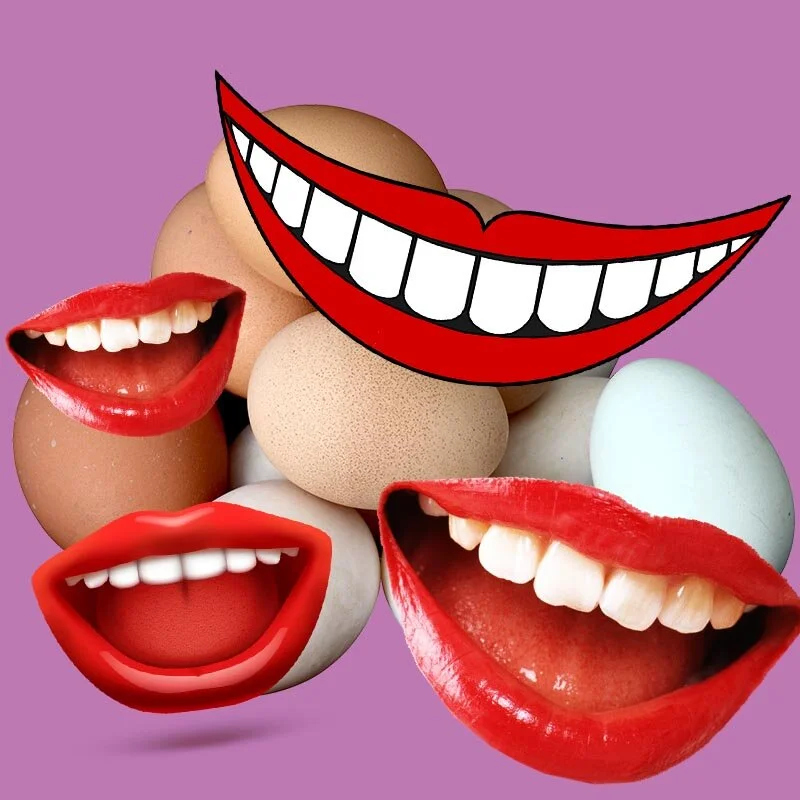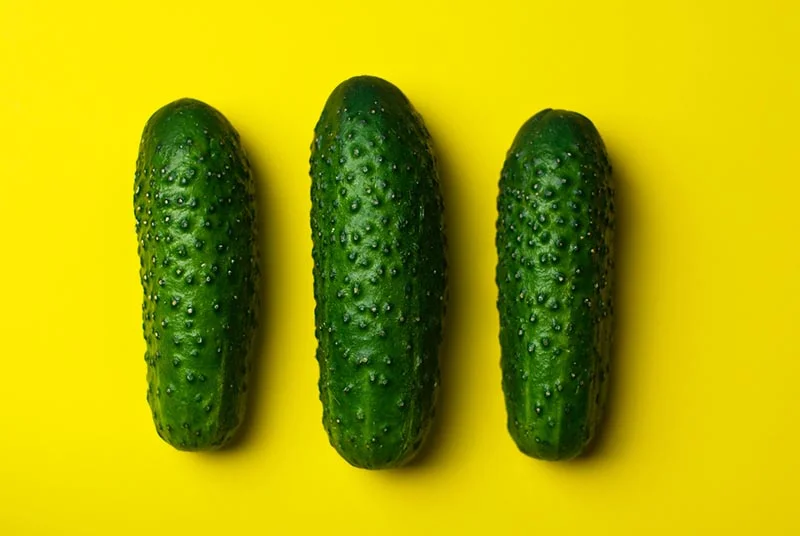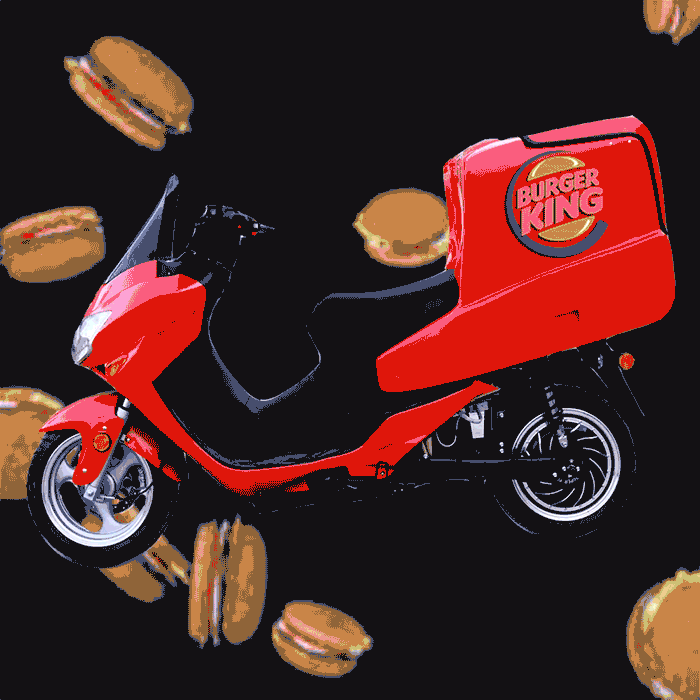Yes, You Can Eat Eggshells — But How?
The pros to adding some crunch to your diet.
By James Buckley
Like banana peels and lemon rinds, eggshells are a food byproduct that usually gets thrown away without ever being used.
You might think this makes sense because they don’t serve any real purpose other than serving as a protective barrier for the foods inside of them. But that’s not always the case — particularly with eggshells.
Why? Because there are people who don’t just eat eggs, but they consume the shells, too. Rather than throwing them into the trash, people use recycled eggshells as their own make-it-yourself nutritional supplements.
If you’re wondering why anyone would do this, consider the components that make up eggshells. Super high in calcium, just half an eggshell can provide enough calcium to meet the average daily recommendation for an adult.
For those who are calcium deficient, eating eggshells can be a quick and easy way to up one’s resources of the vital mineral, instead of, say, having to chug a gallon of milk or devour a container of yogurt.
Related reading: “Can You Hatch Grocery Store Eggs?”
The specific type of calcium found in eggshells is known as calcium carbonate. It’s most often used in dietary supplements for people who do not get enough calcium in their diets, but there are other benefits to consuming it. Though the thought of eating eggshells might make your stomach churn, the calcium carbonate in it can serve as an antacid to relieve heartburn, acid indigestion, and upset stomachs.
Credit: Flickr/Frankieleon
So if eggshells are so good for you, how do you eat them? It’s a question worth asking.
It turns out that “eating eggshells” is actually a bit misleading. As one person wrote on Reddit:
“I don't think many people eat eggshells. I think most people who take them as a supplement grind them into a powder and either take them in pill form or add them to a smoothie or similar.”
Those interested in making their own eggshell supplement will find that it’s relatively easy to prepare. Start by boiling the eggshell pieces to remove any harmful bacteria. Then bake them for 15 minutes in the oven at a medium heat until they are crisp. For the final step, blend the eggshells until they are fine particles.
Beth Terry is an accountant living in Maryland who runs a blog about recycling and conservation, and has been eating eggshells for years. The idea to do so came from her husband who suggested that since “she eats an egg every day, why not eat the shell, as well?”
Terry began collecting the exteriors of her breakfast and when she had accumulated a large enough pile, she ground them into a powder that she later stored in a jar in her fridge. Now, she regularly adds half a teaspoon of the eggshell mix into her morning green smoothies for an extra calcium boost. Though it took some adjusting, Terry says she “doesn’t mind the texture” anymore even though it is “a little bit gritty.”
Credit: Flickr/Ivan Radic
Because the bulk of calcium in eggs is found in their shells, eating eggshells is also a good idea for those who are lactose intolerant and thus have a hard time finding sources of calcium to add into their diet.
Related reading: “Would You Eat a Stranger’s Leftovers?”
Devansh Damani, a student at the University of Chicago who is lactose intolerant, has been considering eating eggshells because of their nutritional benefits.
“I would be open to this because, as someone who experiences lactose intolerance, calcium that does not include dairy is somewhat hard to come by,” he told OK Whatever.
Eggs, he added, are also easy to obtain and inexpensive compared to most vitamins and supplements.
“It won’t cost me any money and I’m able to get the same amount — if not more — calcium that the foods on the market offer, for a much cheaper price.”
What’s more, by eating eggshells, you’ll be cutting back on food waste. Each year, in the United States and United Kingdom, nearly 1 billion pounds of egg waste gets thrown away. Eating your eggs and your shells might only make a small dent in that number, but it’s a move in the right direction.























